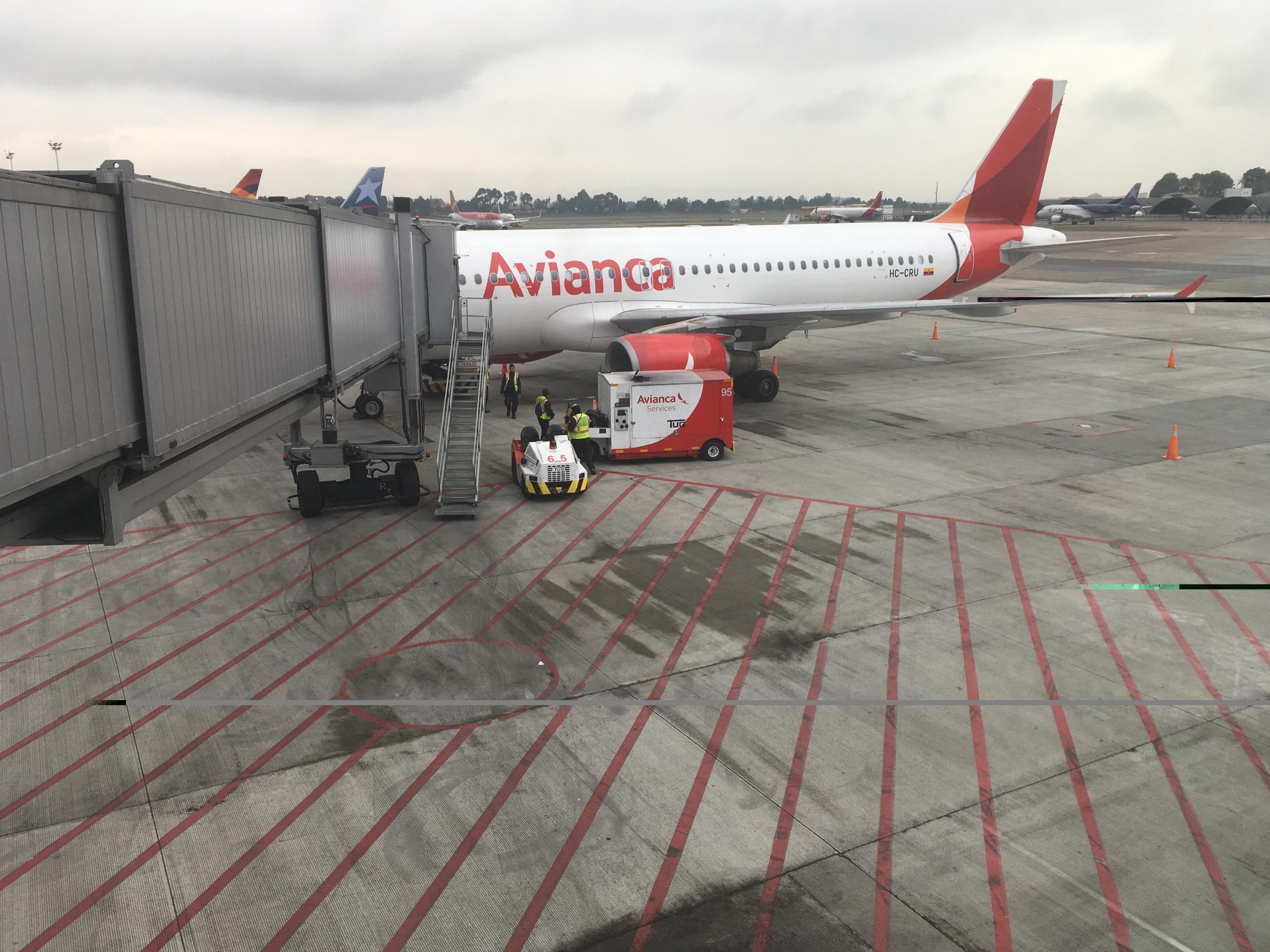Why South American aviation scene is unrecognisable today from its recent past
Plane Talk: Inside a quarter of a century, flying has gone from scary and unpredictable to safe and mostly reliable

For 45 minutes after pushback, the Avianca Airbus from Bogota to Quito dawdled in a long queue of aircraft waiting to take off in the morning rush.
My first thought: tell the airport to call Gatwick or Heathrow and ask how to extract more capacity from runways.
My second thought: my, how aviation in South America has changed.
In the 1990s, I was a frequent flyer around this glorious if troubled continent. Each flight had two characteristics (well, three if you count a faint but pervasive sense of danger): they were ridiculously expensive, and there was no hanging around. When everyone was deemed to be on board and the door closed, it took five minutes maximum before you were airborne.
Except once, flying from the Ecuadorean capital, Quito, to the town of Tulcan on the northern frontier with Colombia. The plane was operated by the air force. So when three officers arrived after departure time, while the little Fokker was still on the ground, the captain dutifully taxied back to the terminal to pick them up.
Since then, two big national carriers have vanished: Varig of Brazil, subsumed into the low-cost airline Gol, and Viasa of Venezuela – a nation which has almost fallen off the airline map due to the bizarre economic policies of the government in Caracas.
While the Argentinian flag carrier is still going, its ambitions are diminished. You won’t find Aerolineas Argentinas selling cheap flights from Heathrow to Paris and Madrid these days. In the 1990s, tickets for the European sectors were sold through “bucket shops”, and you could take a Jumbo one way to Paris for just £55 – an unbelievable bargain at the time.
At the airline’s Buenos Aires HQ, the word increíble has been uttered more than once about the threat that touches down next month. Valentine’s Day 2018 will see the maiden flight of the longest ever nonstop route from Gatwick: a new link to Buenos Aires. The airline is Norwegian, from a small and faraway country, and which for good measure is setting up a low-cost domestic subsidiary in the Argentinian capital.
Norwegian Air in Argentina will face competition from Lan, which has expanded over the Andes from Chile to Argentina, north to Peru and Ecuador, and teamed up with Tam of Brazil to create a pan-South American carrier: Latam. British Airways seems disinclined to move back to South America in a big way. Buenos Aires, Santiago, Rio and São Paulo are year-round from Heathrow, but the Gatwick-Lima route stopped at the end of October and has become summer-only.
BA’s relative lack of interest in in South America is understandable because of Iberia’s presence; BA and the Spanish airline are part of the same firm, IAG.
Which leaves some room for Colombia’s Avianca, now with a nightly departure from Heathrow to Bogota and connections across the Andean nations, an excellent reputation for safety and a younger fleet.
In the 1990s you could reduce the painful cost of South American air travel by buying an Avianca airpass. Some of the flying was done by a subsidiary named Sam. When I turned up at the airport on San Andres island for a flight back to the mainland operated by a Boeing 727 from the recently deceased Dan-Air London, with the most half-hearted of efforts to rebrand the jet, on board, you could hardly move for badly stowed electrical goods, bought at duty-free prices on the island.
The inflight service is rather better than I remember: when the 70-minute hop from Bogota to Quito finally took off, everyone in economy got food, drink, inflight entertainment and mains power.
Fares could still be lower: you’ll be hard pressed to find a seat from Bogota to Quito for much under £200, unless you buy this flight as part of an international itinerary. And Bogota airport may still be pushing it to describe itself as El Dorado (“The Golden One”). But it is a smart, modern facility that would fit in well in western Europe or Southeast Asia. It is the hub for a thriving nation which is now properly on the map for tourism. Hurry to Colombia for spectacular scenery, rich culture and outstanding beaches, before the queues get even longer.
Subscribe to Independent Premium to bookmark this article
Want to bookmark your favourite articles and stories to read or reference later? Start your Independent Premium subscription today.

Join our commenting forum
Join thought-provoking conversations, follow other Independent readers and see their replies